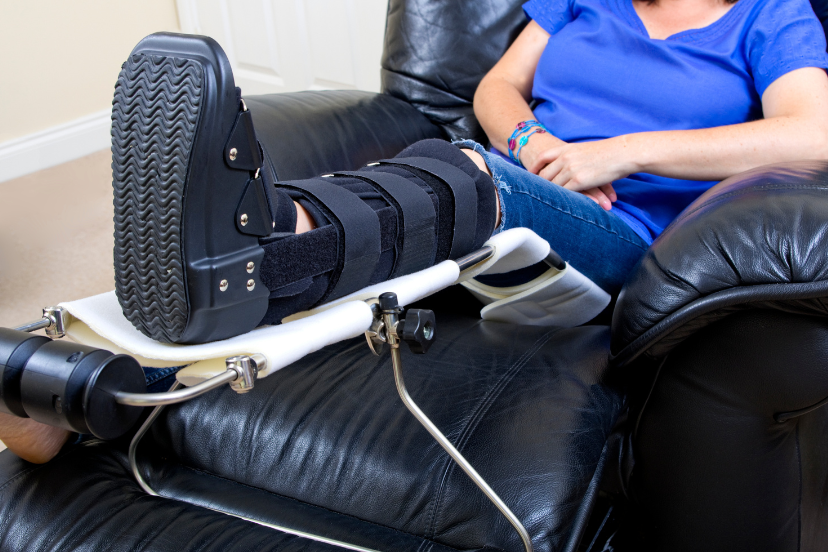Unlocking the Mystery Behind Osteoporosis and Fractures
Introduction
Are you or someone you love grappling with the repercussions of osteoporosis and fractures? This silent thief of bone strength affects millions worldwide, often without warning until it’s too late. But fear not! In this comprehensive guide, we’ll delve deep into the intricate web of osteoporosis and fractures, unraveling their causes, symptoms, prevention strategies, and treatment options. Let’s embark on this journey to arm ourselves with knowledge and fortify our bones against this stealthy adversary.
Osteoporosis and fractures: Understanding the Connection
Osteoporosis and fractures are intricately linked, with the former predisposing individuals to the latter. But what exactly is osteoporosis, and how does it pave the way for fractures?
Osteoporosis, literally meaning “porous bones,” is a progressive condition characterized by a decrease in bone density and quality, rendering bones brittle and susceptible to fractures. This silent disease often manifests without symptoms until a fracture occurs, making early detection and prevention paramount.
What Causes Osteoporosis and Fractures?
Understanding the root causes is crucial in our battle against osteoporosis and fractures. Several factors contribute to the development of osteoporosis, including:
- Aging: As we age, our bone density naturally decreases, putting us at higher risk.
- Hormonal Changes: Women, especially post-menopausal, experience a significant decrease in estrogen levels, accelerating bone loss.
- Nutritional Deficiencies: Inadequate intake of calcium and vitamin D can compromise bone health.
- Lifestyle Choices: Sedentary lifestyles, excessive alcohol consumption, and smoking exacerbate bone loss.
- Medical Conditions: Certain medical conditions like rheumatoid arthritis and hyperthyroidism can accelerate bone deterioration.
Symptoms and Warning Signs
Detecting osteoporosis before a fracture occurs can be challenging since it often remains asymptomatic. However, there are subtle signs and symptoms to watch out for:
- Back Pain: Persistent, dull back pain may indicate vertebral fractures.
- Loss of Height: Osteoporotic fractures in the spine can lead to a stooped posture and loss of height over time.
- Fractures: Fragility fractures, occurring from minor trauma or even routine activities, should raise suspicion for underlying osteoporosis.
Prevention Is Key
Prevention is the cornerstone of managing osteoporosis and fractures. By adopting healthy lifestyle habits and making proactive choices, we can significantly reduce our risk:
Stay Active
Regular weight-bearing exercises like walking, jogging, or dancing help strengthen bones and improve balance, reducing the likelihood of falls and fractures.
Nourish Your Bones
A balanced diet rich in calcium, vitamin D, and other essential nutrients is vital for bone health. Incorporate dairy products, leafy greens, and fortified foods into your meals.
Ditch Harmful Habits
Smoking and excessive alcohol consumption accelerate bone loss. Kick these habits to the curb to safeguard your bones.
Treatment Options
When it comes to managing osteoporosis, early intervention is key to prevent fractures and preserve bone health. Your healthcare provider may recommend:
- Medications: Bisphosphonates, hormone therapy, and other medications can slow bone loss and reduce fracture risk.
- Lifestyle Modifications: Weight-bearing exercises, dietary changes, and fall prevention strategies play a crucial role in treatment.
- Supplements: Calcium and vitamin D supplements may be prescribed to ensure adequate intake.
FAQs
1. What age group is most at risk for osteoporosis and fractures?
- Osteoporosis can affect individuals of all ages, but older adults, especially post-menopausal women, are at higher risk.
2. Can men develop osteoporosis?
- Absolutely! While osteoporosis is more prevalent in women, men can also develop this condition, particularly as they age.
3. Are fractures the only complication of osteoporosis?
- While fractures are the most visible complication, osteoporosis can also lead to chronic pain, loss of mobility, and decreased quality of life.
4. How can I improve my bone density?
- Weight-bearing exercises, adequate calcium and vitamin D intake, and avoiding smoking and excessive alcohol consumption are key to improving bone density.
5. Is osteoporosis hereditary?
- Family history of osteoporosis can increase your risk, but lifestyle factors also play a significant role.
6. Can osteoporosis be reversed?
- While osteoporosis can’t be fully reversed, early detection and treatment can slow bone loss and reduce fracture risk.
In Conclusion
Osteoporosis and fractures pose significant challenges, but armed with knowledge and proactive measures, we can take control of our bone health. Remember, prevention is always better than cure. So let’s prioritize bone health, one step at a time, and build a solid foundation for a vibrant, fracture-free future!




